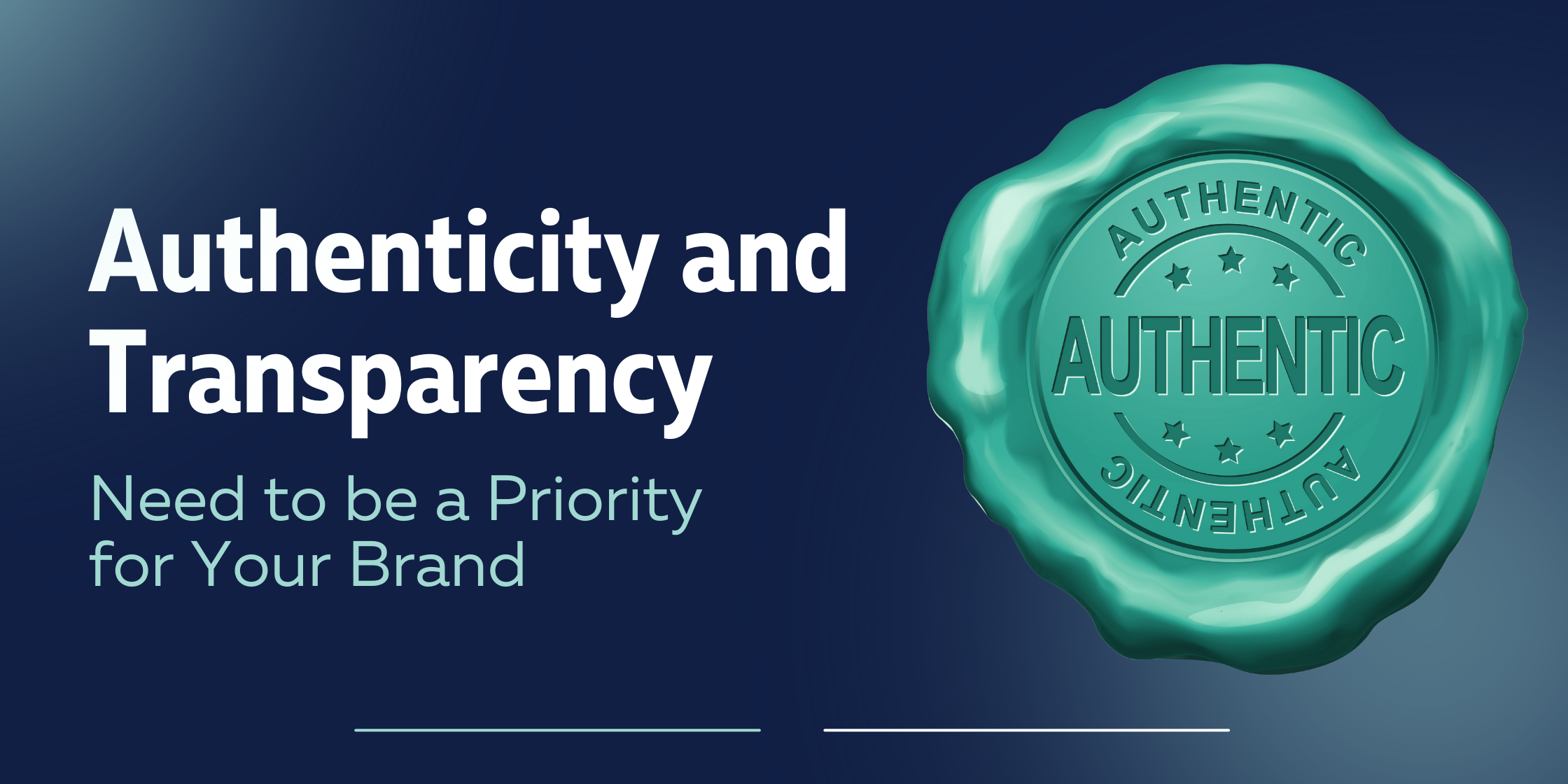In today’s digital world, consumers are more informed, discerning, and skeptical than ever. They crave genuine connections with brands that align with their values. Authenticity and transparency are no longer optional—they are essential for building trust, fostering loyalty, and driving long-term success.
What Do Authenticity and Transparency Mean in Branding?
Authenticity in branding means staying true to your company’s values, mission, and voice. It’s about creating a brand identity that resonates with your audience by being real and consistent across all touchpoints. Authentic brands don’t just sell products or services—they tell stories, showcase their values, and connect with customers on a deeper level.
Transparency, on the other hand, involves open and honest communication. It means providing customers with clear information about your products, policies, business practices, and even your challenges. Transparent brands don’t just share their successes; they are also willing to admit mistakes and show how they work to improve.
Why Are Authenticity and Transparency Important?
- Builds Trust and Credibility – According to Forbes, consumers are more likely to support honest brands about their values and operations. A lack of transparency can create skepticism, while openness fosters trust.
- Drives Customer Loyalty – People connect with brands that feel relatable. A study by Shopify highlights that transparent brands see higher customer retention rates because consumers appreciate honesty and reliability.
- Enhances Brand Differentiation – In crowded industries, authenticity sets a brand apart. Brands that stay true to their identity and communicate openly create a unique space in the market, as noted by Forbes Business Council.
- Encourages Engagement and Advocacy – When brands are transparent and authentic, customers are more likely to engage with their content, participate in discussions, and even become brand advocates. The New York Times Licensing Group emphasizes that modern consumers prefer to support brands with values they align with.
How Can Brands Become More Authentic and Transparent?
Becoming a more authentic and transparent brand doesn’t happen overnight, but implementing these actionable steps can help:
- Define Your Brand’s Core Values – Establish what your company truly stands for and ensure these values are reflected in every aspect of your business. Consumers can detect when a brand is disingenuous, so alignment between words and actions is key.
- Tell Real Stories – Share your journey, successes, and challenges with your audience. Whether through social media, blog posts, or videos, storytelling humanizes your brand and makes it more relatable.
- Engage in Open Communication – Make it easy for customers to ask questions and voice concerns. Be proactive in addressing feedback, whether through customer service, social media, or public statements.
- Be Honest About Your Products and Practices – If your business faces a setback, acknowledge it and explain how you’re working to improve. Transparency about sourcing, pricing, and corporate social responsibility initiatives can strengthen consumer confidence.
- Stay Consistent Across All Platforms – Authenticity should be reflected in every touchpoint: your website, social media, email marketing, and in-person interactions. A consistent voice and messaging reinforce credibility.
- Showcase Employee and Customer Voices – Highlight real people who make your brand what it is. Featuring employees and customers in your content builds community and trust.
Authenticity and transparency are no longer just marketing buzzwords; they are the foundation of successful brands. In a world where consumers have endless choices, brands that foster trust and genuine connections will stand out. By leading with honesty, brands can build meaningful relationships that translate into loyalty, engagement, and long-term success.
Ready to enhance your brand’s authenticity? Start implementing these strategies today and watch the impact unfold.

